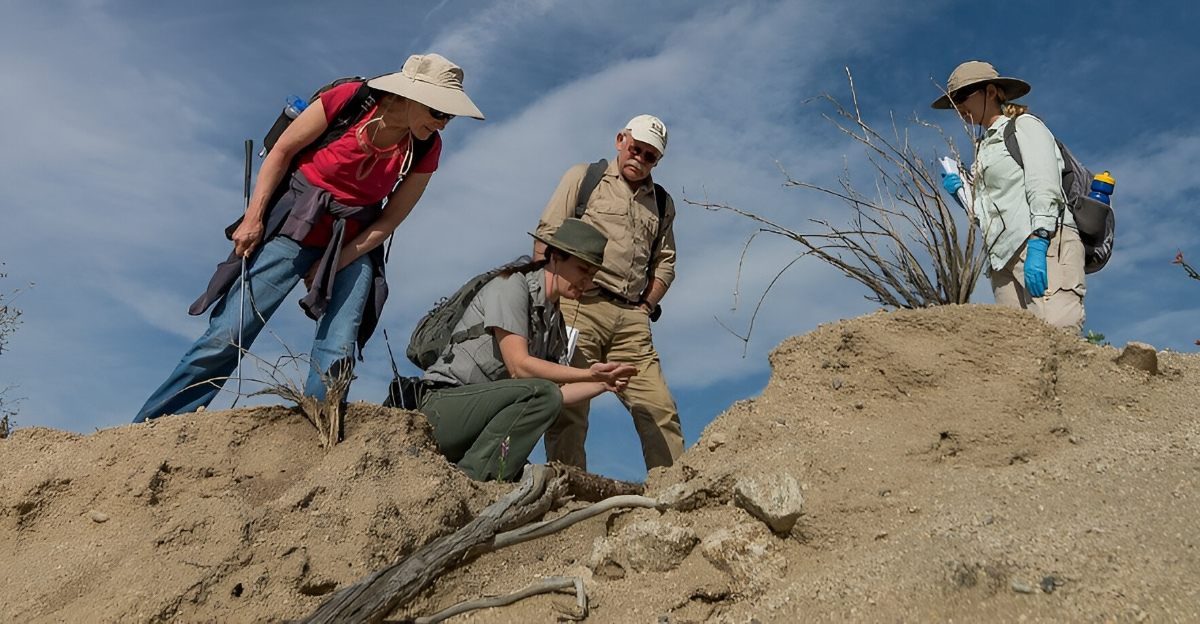
Being in conservation and helping to protect endangered animals can often feel hopeless, but in situations like this, there is hope on the horizon. At Dehing Patkai National Park in Assam, India, a trail camera documented the elusive marbled cat-a small wildcat native to Southeast Asia and listed as near-threatened by the IUCN-highlighting the critical role of non-intrusive technology in monitoring vulnerable wildlife.
This discovery reassures conservationists about the species’ continued presence. It underscores the importance of innovative tools like trail cameras and audio recorders in tracking and protecting endangered animals without disturbing their natural behaviors.
The Marbled Cat
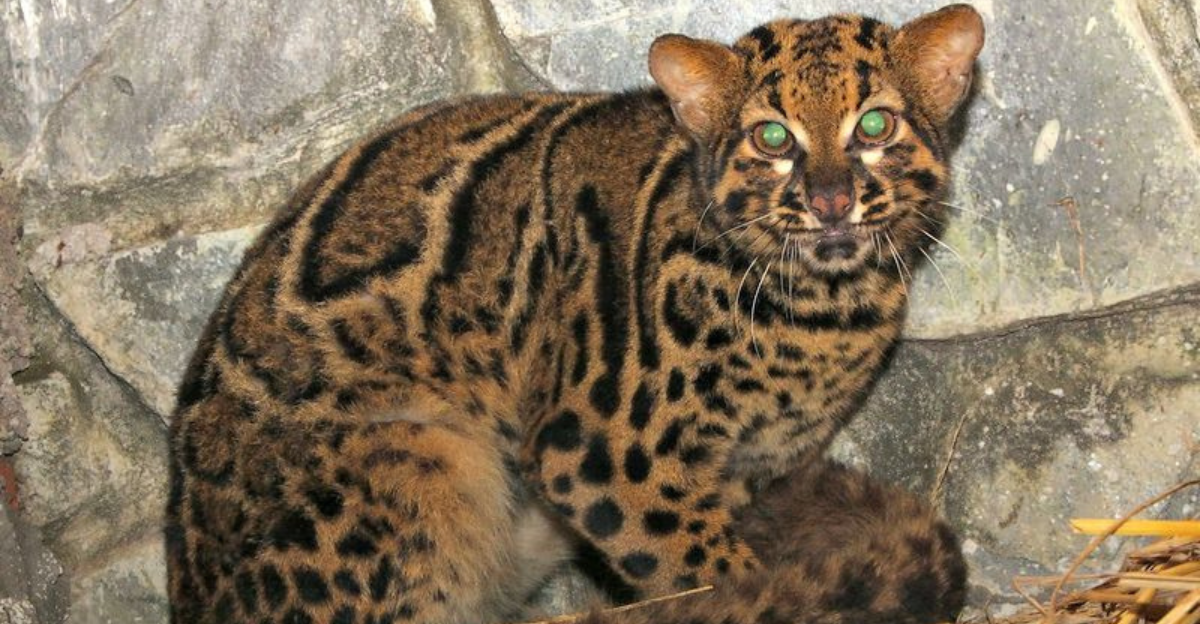
The marbled cat is a small, elusive wild cat native to Southeast Asia’s moist and mixed deciduous-evergreen tropical forests, including the eastern Himalayas, northeastern India, Borneo, Sumatra, and parts of China. It is primarily arboreal, with remarkable climbing abilities supported by its broad, webbed paws and retractable claws. These abilities allow the marbled cat to hunt birds, squirrels, small primates, and reptiles in the forest canopy.
Though generally solitary and thought to be nocturnal, recent observations show marbled cats can also be active during the day. Their population remains poorly understood, partly due to their secretive nature and fragmented habitats, but they face ongoing threats from habitat destruction. Their striking coat, much like that of the larger clouded leopard, and its rare sightings make it a species of significant conservation interest.
The Role of Trail Cameras in Wildlife Monitoring
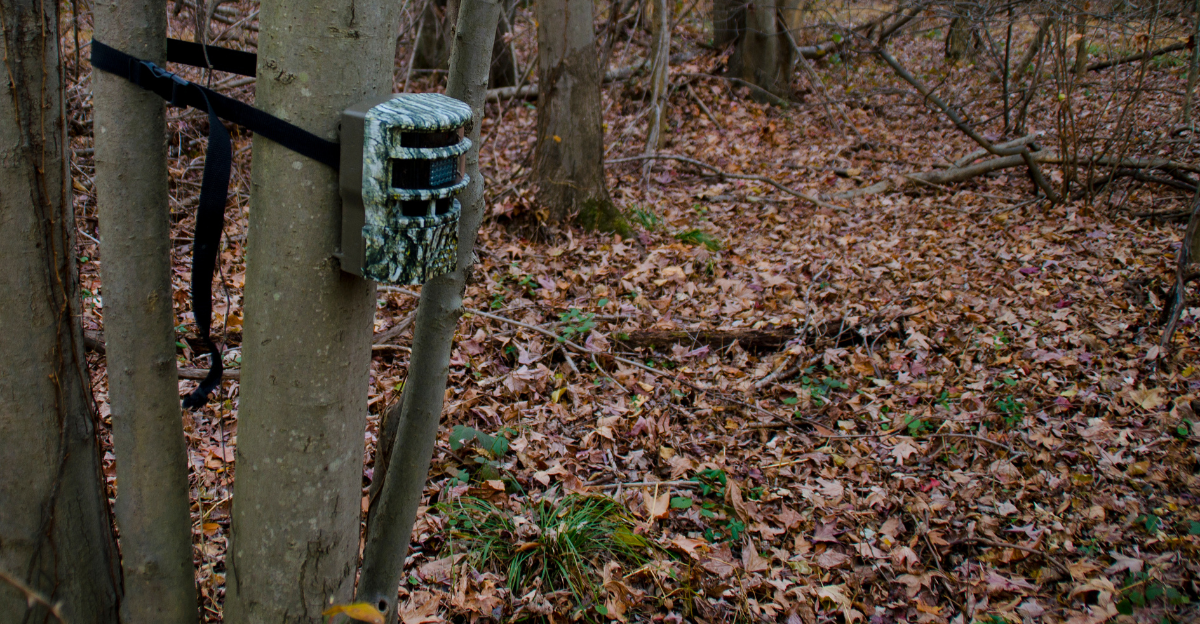
Trail cameras have revolutionized wildlife monitoring by providing non-invasive, round-the-clock surveillance. These devices help researchers gather data on elusive and nocturnal species without disturbing their natural behaviors, making them invaluable for studying endangered animals.
These motion- and temperature-activated devices can operate continuously for months, capturing high-resolution images and videos day and night in remote or difficult-to-access habitats. This allows researchers to gather valuable data on animal presence, population size, movement patterns, and behaviors such as nesting, which are often challenging to document through traditional field observations.
Habitat Challenges and Conservation Efforts
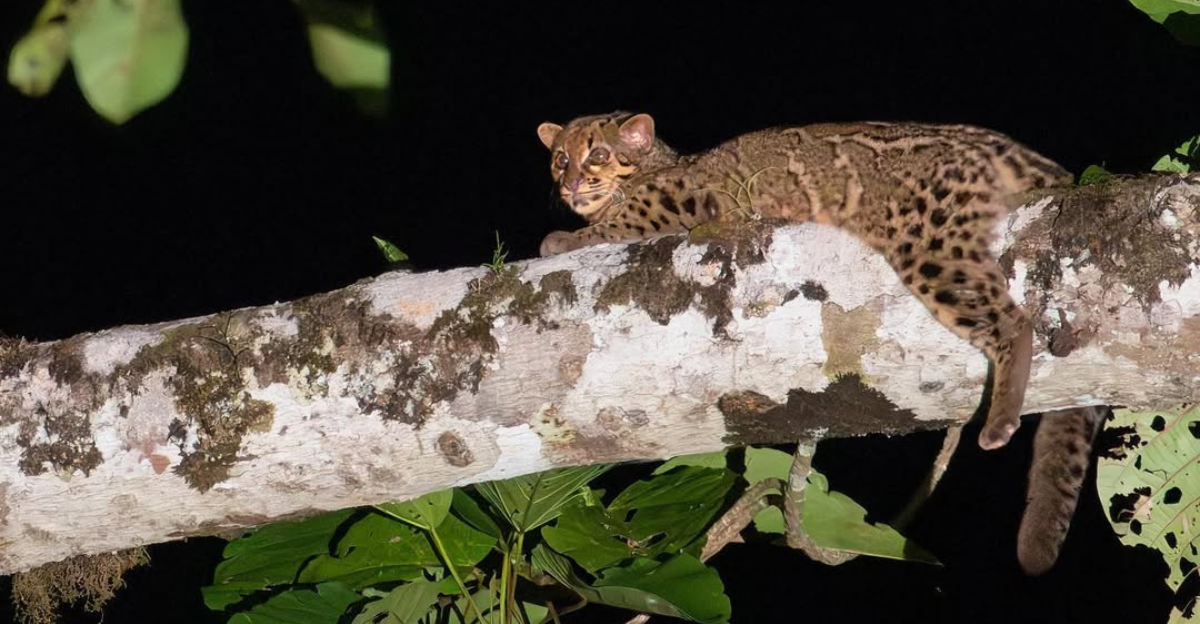
The marbled cat is susceptible to habitat destruction and fragmentation, particularly from logging, agricultural expansion, and the proliferation of oil palm plantations, which replace the dense tropical forests it relies on for shelter and hunting. Studies show that marbled cats respond poorly to habitat clearing and cannot adapt well to human-altered landscapes, leading researchers to recommend upgrading their conservation status from near threatened to vulnerable.
Conservation efforts are increasingly focused on protecting and connecting remaining forest patches through wildlife corridors to maintain habitat connectivity, vital for their survival and genetic diversity.
The National Park’s Role as a Sanctuary
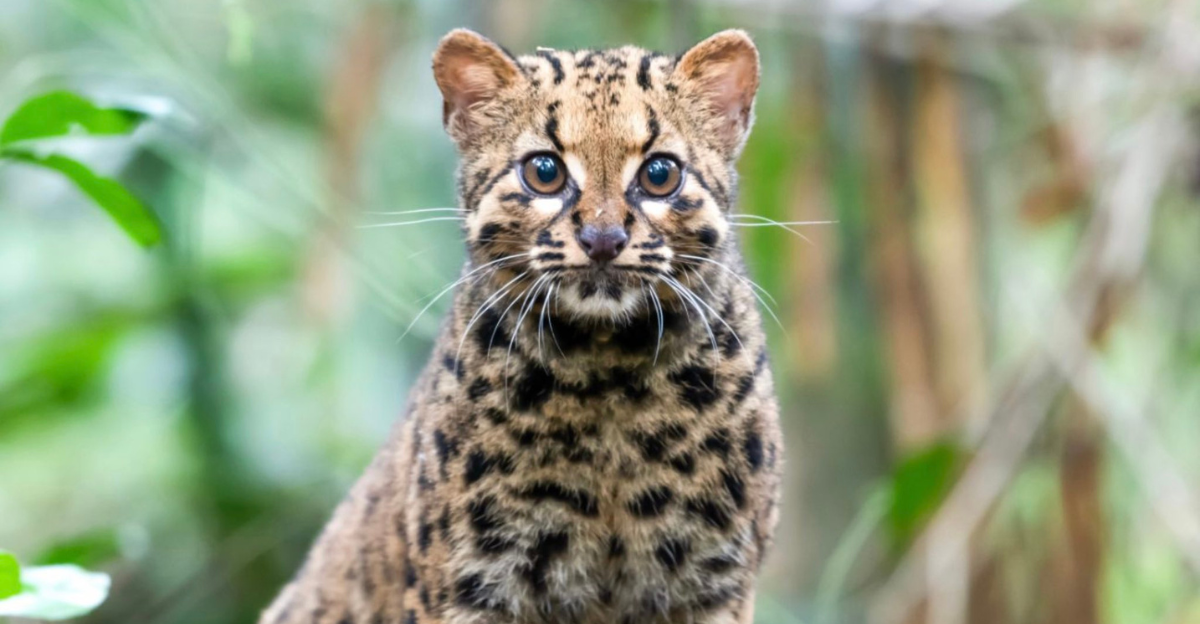
National parks serve as vital sanctuaries for the marbled cat and many other endangered species by preserving large tracts of intact, moist tropical forests that these elusive felines depend on. These protected areas provide a refuge from habitat destruction caused by logging, agriculture, and oil palm plantations, which have fragmented much of Southeast Asia’s marbled cat’s natural range.
Within national parks like Thailand, Cambodia, and Borneo, the dense forest canopy offers essential cover and abundant prey, enabling marbled cats to thrive in relatively undisturbed environments.
The Impact of Climate Change on Nesting Patterns
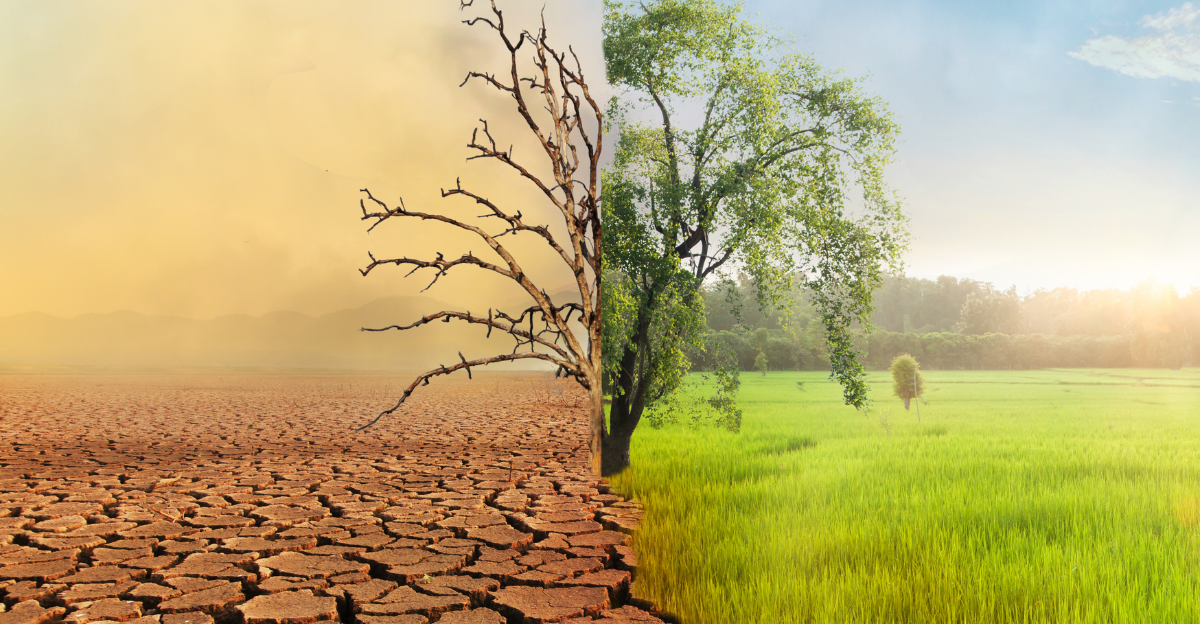
Climate change poses another significant challenge by altering nesting patterns and habitat suitability for numerous species. Increasing temperatures may cause some species to shift their breeding grounds or change the timing of nesting to coincide with peak food availability. For species with temperature-dependent sex determination, like sea turtles, even small changes in nest temperature can lead to skewed sex ratios, potentially threatening population viability.
Climate change can also reduce the availability of essential nesting materials, such as mud, and increase the risk of nest predation as altered predator behaviors coincide with nesting seasons. These factors underscore the urgent need to consider climate change impacts in conservation strategies to protect vulnerable species and their nesting habitats.
Community Involvement in Conservation
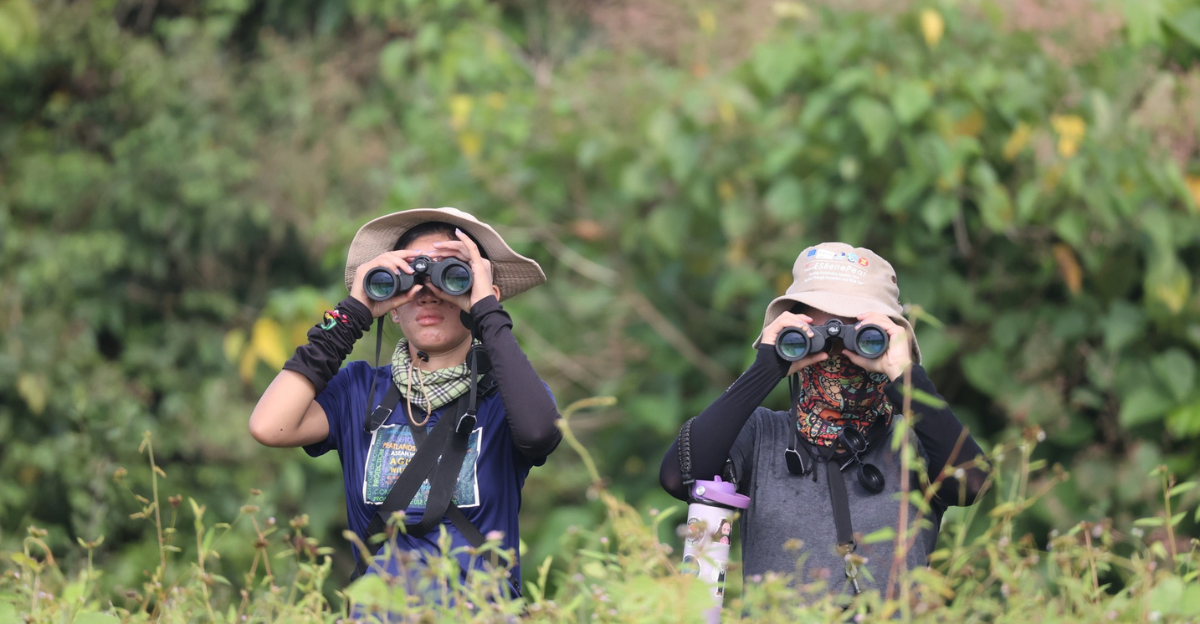
Local communities near the park have been engaged in conservation programs, helping to monitor wildlife and reduce illegal activities. Their involvement is crucial for the long-term success of protecting endangered species and maintaining ecological balance. In regions like Northeast India, community-based conservation initiatives have shown promise by involving locals in monitoring populations, protecting habitats, and reducing human-wildlife conflicts.
Collaborative projects between conservation organizations, governments, and communities are essential to ensuring the long-term survival of marbled cats, as they combine grassroots action with broader policy support to protect these vulnerable felines and their habitats.
Technological Advances Enhancing Research

Beyond trail cameras, advances such as drones, GPS collars, and AI-powered image recognition enhance wildlife research. These technologies allow more precise tracking and data collection, improving conservation outcomes.
Recent studies using camera traps in places like Mehao Wildlife Sanctuary and Borneo have revealed important insights into habitat preferences, population densities, and responses to habitat disturbance, which have informed targeted conservation strategies.
The Importance of Public Awareness and Education
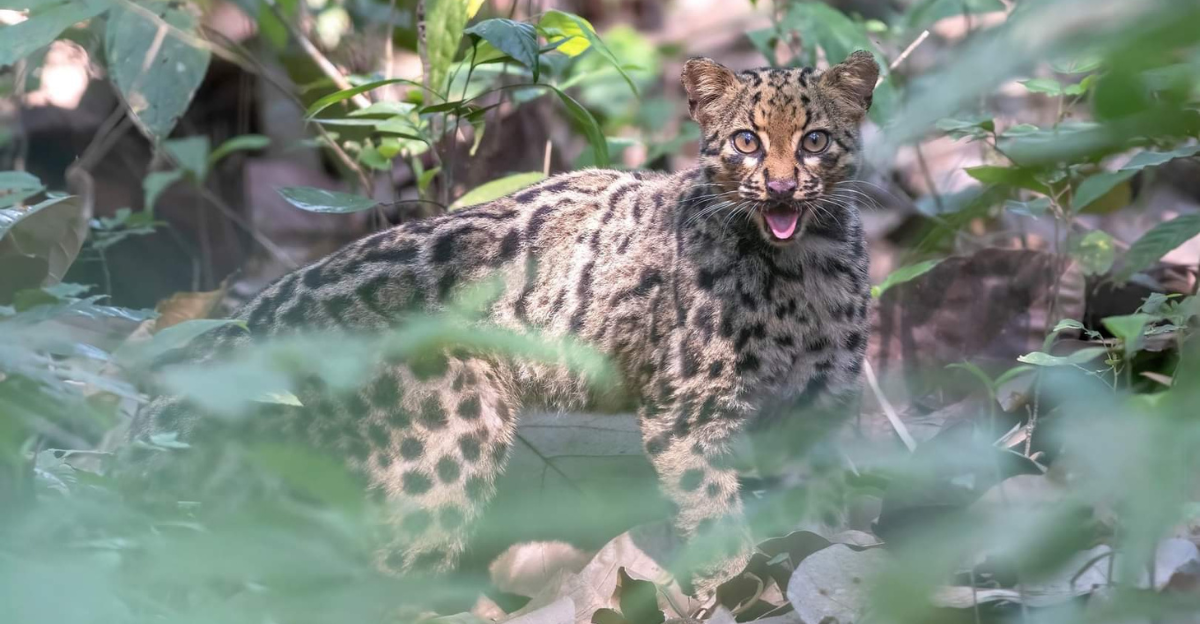
Public awareness and education are essential in conserving the marbled cat and other endangered species, as they help bridge the gap between scientific knowledge and community action. Informing the public about the marbled cat’s unique ecological role and the threats it faces-such as habitat loss, human disturbance, and illegal wildlife trade, fosters empathy and support for conservation initiatives.
Engaging local communities and broader audiences through outreach programs encourages responsible behavior, reduces human-wildlife conflict, and promotes sustainable practices that benefit both people and wildlife.
Future Prospects for the Endangered Species

The documented nesting event signals a hopeful future. Continued protection of the national park, combined with scientific research and community cooperation, can help stabilize and potentially increase the population of the endangered marbled cat and other species. Although currently listed as Near Threatened by the IUCN, recent studies suggest that ongoing habitat loss, particularly from logging and the expansion of oil palm plantations, may push the marbled cat into the Vulnerable category due to its strong dependence on intact forest ecosystems.
Protecting core areas such as parts of Borneo, Peninsular Malaysia, and northwestern Myanmar and maintaining connectivity between fragmented habitats through wildlife corridors is essential to support population dispersal and genetic diversity.
Explore more of our trending stories and hit Follow to keep them coming to your feed!

Don’t miss out on more stories like this! Hit the Follow button at the top of this article to stay updated with the latest news. Share your thoughts in the comments—we’d love to hear from you!







